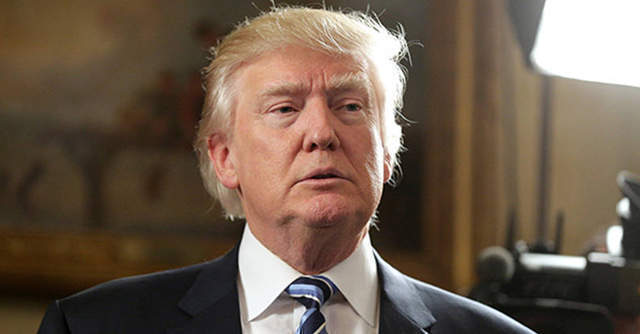
Trump’s H-1B executive order based on misinformation: NASSCOM


Indian information technology lobby body national association of software and service companies (NASSCOM) has said that US President Donald Trump’s decision to ban workers with H-1B visa from taking up roles in federal government agencies is based on misperceptions and misinformation.
In its official statement, NASSCOM said that the executive order on “aligning federal contracting and hiring practices with the interests of American workers,” which was passed on Monday, comes at a crucial time when there is already a shortage of STEM (science, technology, engineering, and mathematics) skills in the US.
The lobby body said that H-1B and L-1 workers can help bridge this gap.

The order bans technology workers with H-1B and L-1 visa from replacing American federal workers with federal government contracts. The order now makes it official that American citizens will be prioritized for federal jobs and not H-1B visa holders.
The H-1B visa and L-1 visa are non-immigrant visas which allow companies in the US to employ foreign workers in occupations that require expertise in theory and technical practices, such as technology-related jobs.
The order required federal agencies in the US to mandate an internal audit and check whether they were within compliance to appoint US citizens into the posts.

It directed the heads of each federal department to review usage of offshore services, and labour from H-1B and L-1 visa holders for contracts that were issued in the 2018 and 2019 financial years.
The agencies will have to issue a report to the director of the office of management and budget with their findings (along with any corrective actions) within a period of 120 days from August 3.
The order also asked all secretaries of labor and homeland security to “take action” within 45 days to protect US citizens from any “adverse effects on wages and working conditions caused by the employment of H-1B visa holders at job sites (including third-party job sites).”

NASSCOM argued that the unemployment rate for technology related applications, which were the most common job roles for H-1B visa holders, had noticed a decline from 3% in January 2020 to 2.5% in May 2020.
Read: Impact of temporary US work visa ban on GICs
In contrast, the unemployment rates for all other occupations had grown from 4.1% in January 2020 to 13.5% in May 2020. NASSCOM also claimed that there were over 625,000 active job vacancies for computer-related occupations.

“As the world opens up post the Covid-19 induced lockdowns, it is important for the US to be able to access talent critical to the recovery phase. Measures that restrict access to talent will slow-down the recovery phase of the US. economy, jobs, innovation and research and development,” NASSCOM said.
On June 23, Donald Trump had announced the suspension of H-1B and other related work visas until December 2020, in a bid to protect its domestic workers from rising unemployment. NASSCOM had openly criticised this move in an earlier statement. The restrictions came into effect from June 24.
